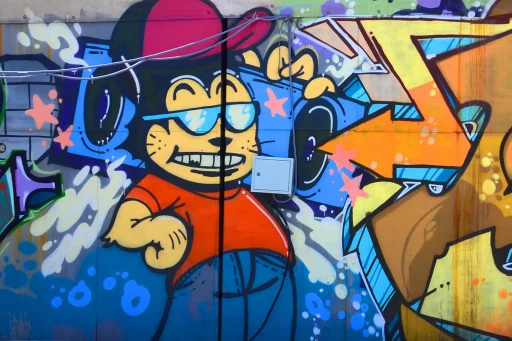Introduction to Saddle Slang
Saddle slang represents a unique blend of terminology used predominantly in the equestrian community. It encompasses various expressions and phrases used by riders, trainers, and enthusiasts alike. Understanding saddle slang not only provides insight into the culture of horseback riding but also enhances communication among equestrians.
The Origins of Saddle Slang
The roots of saddle slang can be traced back to the diverse history of horse riding across different cultures. Equestrians have developed their vocabulary over time, influenced by various riding disciplines—such as Western, English, and endurance riding—resulting in a rich tapestry of terminology.
Common Saddle Slang Terms
- Green: A horse that is inexperienced or untrained. Often used to describe younger horses or those that have recently entered training.
- Ride the edge: To push a horse to its limits, usually in terms of speed and performance.
- Gait: Refers to the way a horse moves, with terms such as walk, trot, canter, and gallop denoting specific speeds and styles.
- Spook: A sudden, often unexpected, reaction by a horse to an object or sound. This can be particularly troublesome for inexperienced riders.
- Bombproof: A horse that is exceptionally calm and unflappable, able to handle distractions and unexpected situations with ease.
- Dressage: A discipline that involves precise movements and communication between horse and rider, often seen as the ballet of horseback riding.
- Western pleasure: A style of riding that emphasizes a smooth, relaxed performance where the horse is expected to respond softly and calmly to the rider.
- Colt: A young male horse, typically under the age of four.
- Mare: A female horse, generally over the age of three.
- Foal: A young horse of either sex that is less than a year old.
Case Studies: Saddle Slang in Action
To illustrate the significance of saddle slang, let’s explore two case studies from equestrian events. In both scenarios, the effective use of slang not only facilitated communication but also contributed to the riders’ success.
Case Study 1: The Western Trail Competition
During the annual Western Trail Competition, participants were frequently heard using terms like “bombproof” to describe their horses. Riders communicated their horses’ characteristics to judges and other competitors with ease. One competitor, Jane, stated, “I only ride bombproof horses, so my confidence is at its peak during the event.” This shared slang helped convey complex ideas succinctly and fostered camaraderie among competitors.
Case Study 2: The Dressage Exhibition
At a prestigious dressage exhibition, riders often discussed techniques by referring to specific gaits. For instance, Emma, a seasoned rider, noted, “When I ask my mare for a canter transition, she needs to maintain her rhythm to avoid a spook at the judges’ stand.” The use of these terms allowed quick, efficient discussions about technique, enhancing both performance and training outcomes.
Statistics on Equestrian Community Communication
A survey conducted among equestrian enthusiasts revealed several interesting statistics regarding the use of saddle slang:
- 85% of riders agree that understanding saddle slang enhances communication.
- 75% have used saddle slang to describe their horse’s behavior to a trainer.
- 60% of novice riders reported feeling more connected to the equestrian community after learning common slang terms.
Conclusion: Embracing Saddle Slang
Saddle slang is more than just a series of terms; it is a vital part of the equestrian culture that fosters community, enhances understanding, and enriches the riding experience. By embracing this unique vernacular, both novice riders and seasoned professionals can enhance their interactions and deepen their connections to the world of horseback riding.
Final Thoughts
Understanding saddle slang equips individuals with the language needed to communicate effectively in equestrian settings. Whether participating in competitions or casual riding, expressing ideas through this specialized vocabulary can significantly enhance the experience for everyone involved.


